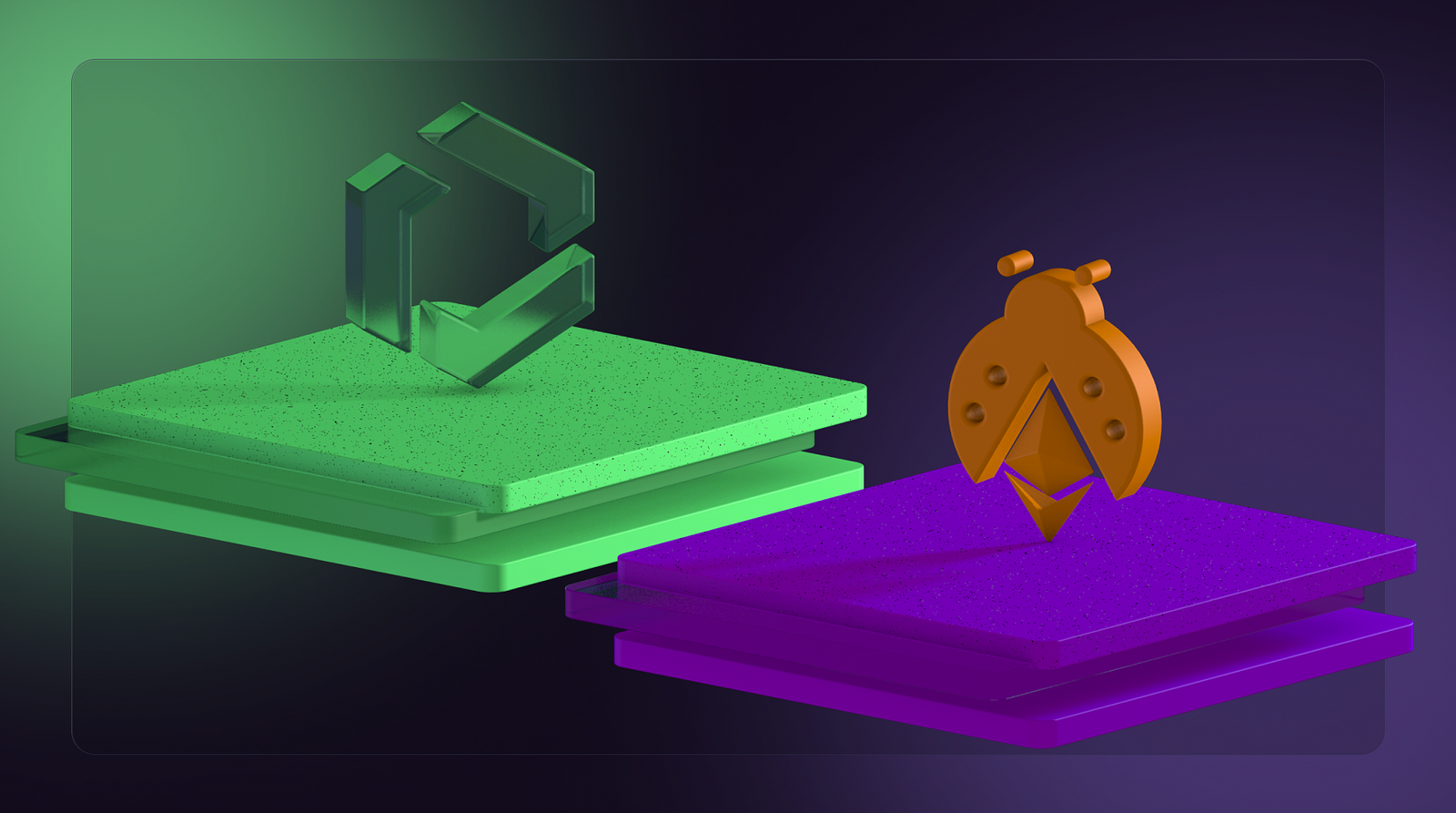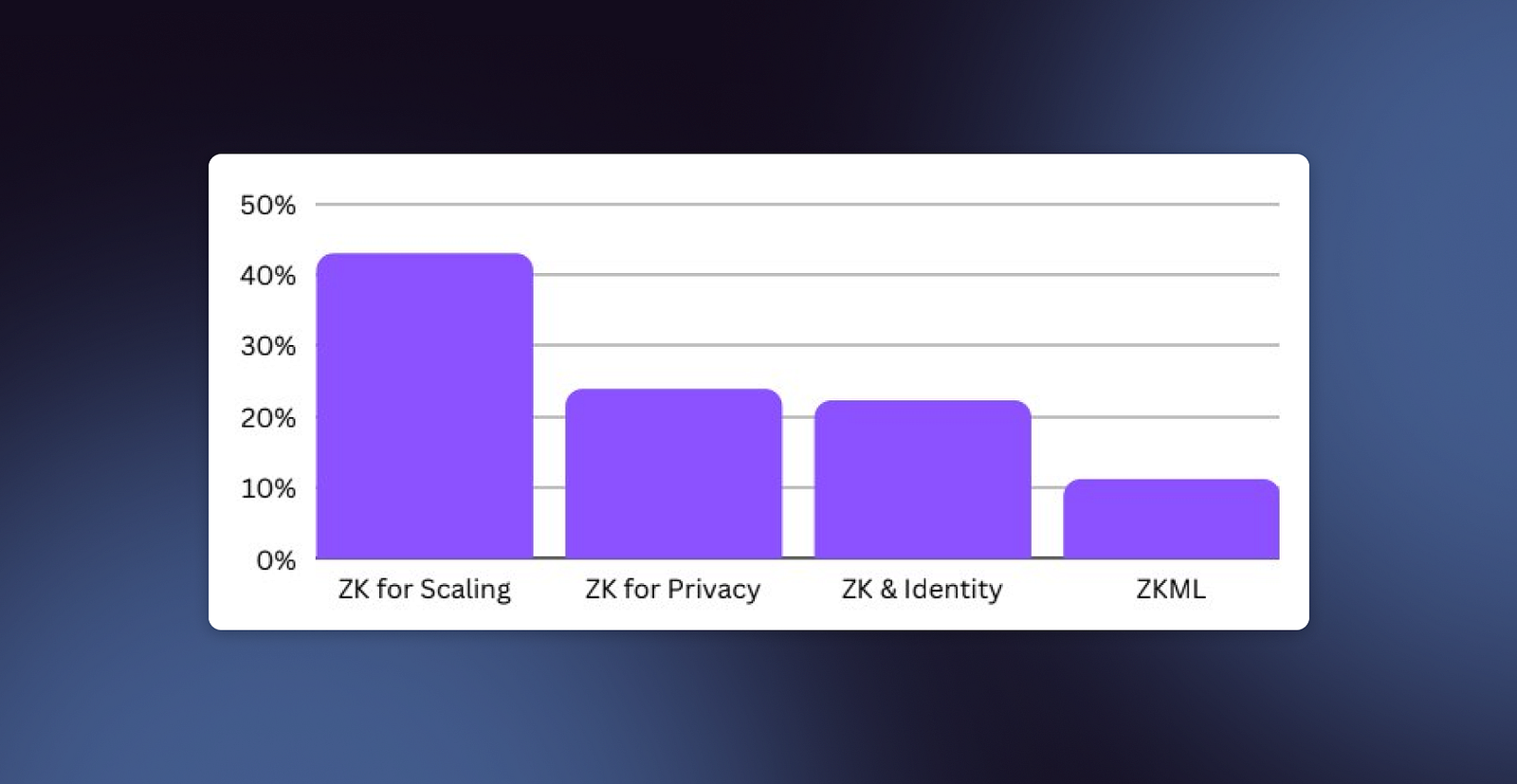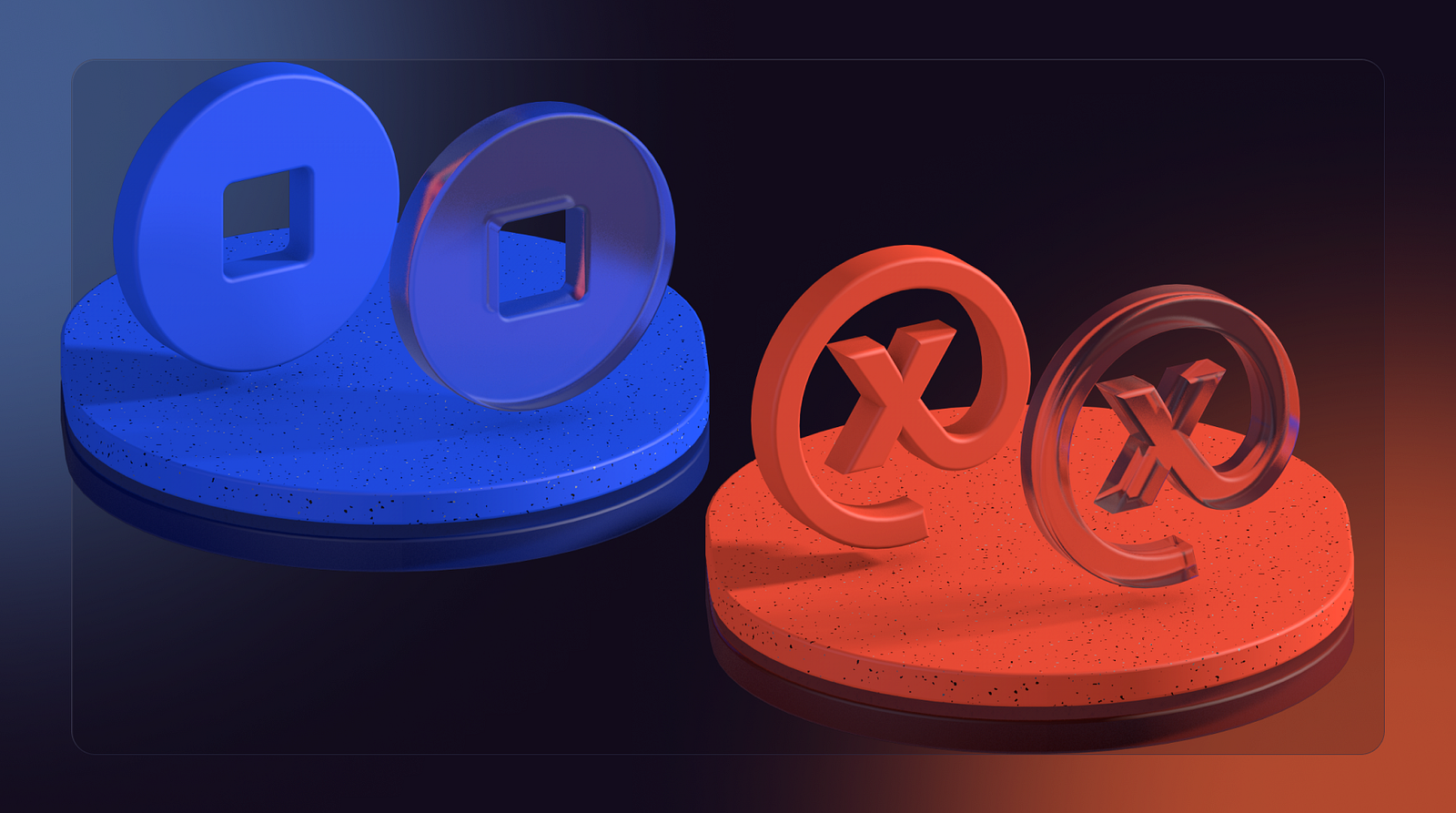Please fasten your belts!
Etherspot’s Skandha bundler joins Fuse Ecosystem
In a major step forward, Etherspot’s Skandha Bundler has become part of the Fuse network, turning the latter into an ERC-4337 Account Abstraction-ready EVM chain.
This merger allows developers to use Etherspot’s powerful Account Abstraction SDK to build decentralized apps, games, and wallets on Fuse, aiming to provide a smooth Web3 user experience.
The arrival of Account Abstraction requires a new player in the Ethereum ecosystem: a bundler. The bundler service gathers multiple UserOperations (transactions), merges them into one transaction, and brings it on-chain.
By using Skandha Bundler, Fuse not only becomes an Account Abstraction compatible EVM chain but also significantly cuts gas fees and boosts security for AA services on Fuse.
Etherspot offers various features to improve the user experience and allow easy integration with different EVM chains. These features include:
- transaction batching,
- sponsored transactions,
- meta-transactions,
- smooth multi-chain experience,
- multi-chain NFT support,
- cross-chain bridging & transaction bundling,
- easy fiat on & off-ramping.
The integration of Etherspot’s Skandha Bundler into the Fuse network marks a significant milestone in turning Fuse into an ERC-4337 Account Abstraction-ready EVM chain. This integration opens the door for innovative applications and services, changing the very nature of finance.

ERC4337 Core Devs call #13
There was another ERC4337 Core Devs call last week. Participants have made significant progress in the development of ERC-4337 and its implementations.
Skandha has successfully completed the implementation of all the features outlined in the ERC4337 p2p spec. This marks a significant milestone in decentralized peer-to-peer transactions. Over the coming weeks, the Etherspot team will be conducting alpha and beta testing of the p2p interface in the Sepolia testnet.
In the recent discussions, the teams implementing bundlers sought clarity on the USDC alt mempool spec and the upcoming 0.7 release of ERC4337. Ensuring interoperability and compatibility across various protocols is vital for a smooth user experience.
The topic of gas estimations for bundlers sparked intense discussions. As different EVM chains are present in the ecosystem, determining the most effective approach has become a top priority. Finding a standardized method will greatly enhance efficiency and reliability for users.
Specifically, Alchemy’s four-part blog series on the issues associated with gas valuation in ERC4337 has attracted attention. It dives deep into the intricacies and explores possible solutions. Check out their insightful analysis here.
Don’t miss out on the full video for a deep dive into these exciting developments. Watch it here and stay tuned for more updates!
Vitalik Buterin advocates for Bitcoin to adopt Layer-2 solutions
Ethereum co-founder, Vitalik Buterin, has voiced his belief that the Bitcoin network should adopt scalable solutions such as zero-knowledge rollups (ZK-rollups) to evolve beyond being merely a payment network.
Buterin’s remarks were made during a Twitter Space hosted by Bitcoin developer Udi Wertheimer, where discussions centered around Ethereum’s scaling experiments.
He highlighted how Ethereum has integrated various scaling solutions over the years to enhance throughput. He mentioned Optimism and Arbitrum as two successful examples of rollups that could serve as case studies for Bitcoin, stating, “I think if we want Bitcoin to be more than payments, it needs more scaling solutions.”

Scalability has been a longstanding topic of debate for both Bitcoin and Ethereum. While Ethereum has transitioned from a proof-of-work to a proof-of-stake network and is exploring layer-2 solutions like ZK-rollups and Plasma, Bitcoin’s layer-2 solution, the Lightning Network, has been pivotal to its scalability.
Buterin also praised the recent rise of Bitcoin Ordinals, a layer-2 solution enabling decentralized digital art storage on the blockchain. He believes they have reinvigorated the builder culture within the Bitcoin ecosystem.
State of ZK Q2 report
Ethereum scaling protocols are leading the charge in the utilization of zero-knowledge rollups (ZK-rollups), according to a recent report by ZKValidator.
The report indicates that significant launches, innovative research, and healthy competition are the driving forces behind this trend.
A poll conducted by the Zero Knowledge Podcast among its 18,000 followers revealed that 42% of respondents believe that “ZK for Scaling” will experience the most growth in the next 12 months.
Other ZK-proof applications, such as privacy and identity, followed at 23.8% and 22.2%, respectively.

The first half of 2023 saw several major Ethereum scaling protocols hitting mainnet. This includes Polygon’s forthcoming “2.0” multi-chain system, which will use ZK-proofs to transfer assets between networks, and zkSync Era’s ZK Stack, which will allow developers to build ZK-rollups and proprietary layer-3 “hyperchains.”
The sector has also attracted investment across several segments, including new zk-based layer 2’s and zkEthereum Virtual Machines (zkEVMs), as well as ZK-proofs for off-chain computation.
ConsenSys announces the launch of Linea zkEVM
ConsenSys has launched Linea, a layer-2 scaling network that has demonstrated faster throughput and 15 times lower transaction costs than Ethereum’s layer 1 during testing.
Linea, which uses zero-knowledge proofs and is Ethereum Virtual Machine (EVM) equivalent, allows developers to build or migrate decentralized applications for Ethereum, ensuring seamless interaction with the Ethereum blockchain.
Linea underwent an extensive testnet period, witnessing over 46 million transactions from approximately 5.5 million unique wallets. The alpha release commenced on July 11, with over 100 partners on board.

The network also integrates with ConsenSys’ Ethereum browser wallet MetaMask, providing Linea users with access to its token bridge, swap, and buy functionality.
Joseph Lubin, ConsenSys founder, and CEO, emphasized the importance of layer 2 Ethereum scaling protocols and solutions in propelling the development of Web3 applications and functionality.
He stated, “With the Merge to Proof of Stake and the broad traction of the rollup-centric roadmap, Ethereum L2s are set to play a crucial role in making great advances in scalability and usability.”
Linea’s alpha mainnet launch will incorporate safeguards to protect users, DApps, and the network itself. For the first week, only launch partners will be allowed to execute calls to the network. ConsenSys plans to fully open Linea to end users after monitoring system performance and carrying out a bug bounty.
Coinbase Wallet introduces instant messaging feature powered by XMTP
Coinbase Wallet has disclosed a new feature that allows users to send instant messages to each other using their Ethereum identities.
This innovation leverages the Extensible Message Transport Protocol (XMTP), an instant messaging system that facilitates communication using blockchain addresses. The decentralized social media network Lens also utilizes XMTP.
The feature is designed to provide end-to-end encrypted private messaging for anyone with a cb.id username, .eth domain, or Lens ID. Initially, the feature is being rolled out to users who scan a QR code from the blog post or own Lens profiles, with plans to extend access to all users in the future. To ensure privacy, messages are end-to-end encrypted, and users have the option to block addresses from which they do not wish to receive messages.

One of the primary motivations behind the introduction of this feature is to combat fraud within the crypto community. By enabling users to send messages directly to the owner of a wallet address, the need for a separate messaging platform, where the recipient’s Web3 identity may not be verifiable, is eliminated. This could potentially reduce unnecessary risk and potential losses.
The use of XMTP for messaging also contributes to reducing centralization. If Coinbase were to cease offering its wallet or cease to exist as a company, users could retain their XMTP chat histories and view them using other XMTP apps such as Lenster or OrbApp.
Subscribe to Etherspot’s Everything About Account Abstraction Newsletter!
Start exploring Account Abstraction with Etherspot!
- Learn more about account abstraction here.
- Head to our docs and read all about the Etherspot SDK.
- Skandha - a developer-friendly Typescript ERC4337 Bundler.
- Explore our TransactionKit, a React library for fast & simple Web3 development.
- For a plug & play integration, review the BUIDLer react component.
- Follow us on Twitter and join our Discord.
Is your dApp ready for Account Abstraction? Check it out here: https://eip1271.io/
Get In Touch:
Website | Twitter | Discord | Github | Telegram
Powered by Etherspot
BUIDLer React Component | TransactionKit | Pillar Wallet | AirdropMe

